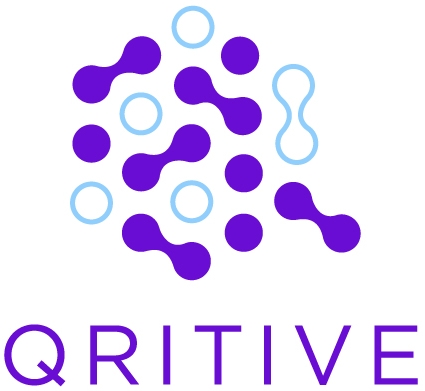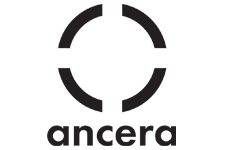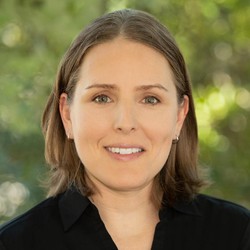- Get to market faster with less wasted time on unsuccessful approaches
- Create a realistic modeling roadmap and risk assessment
- Develop unbiased models that provide the most valuable insights
- Keep up with AI trends and innovations
Lacking technical credibility in computer vision or AI?
- Frustrated by the never ending cycle of model development?
- Unsure whether you’re focusing on the best model types for your application?
- Worried about mitigating the ethical concerns of AI?
- Struggling to keep up with the rapidly advancing field?
Boost investor confidence and extend the capability of your team
Here are three ways I can help...
Foundation Model ROI Workshop
How can you benefit from a domain-specific foundation model?
Strategy Session
Practical advice to move your project forward
Vision AI Consulting
Boost investor confidence and streamline model development
Hi, I’m Heather Couture, and I accelerate computer vision projects with evidence-driven model development
While working with a variety of organizations on computer vision projects, I’ve witnessed the long and iterative development cycles. Every dataset is different, so it does take some experimentation to get a robust model.
But some of this experimentation could be reduced by following three key principles:
- Identifying sources of variation or other data challenges – domain experts are essential for this
- Understanding prior work – a literature review can find candidate solutions and unresolved challenges
- Validating early and often to reveal failure modes – essential for making improvements
Model development progresses much faster and smoother when you understand the challenges in your dataset and can try solutions that have worked for others on similar data. And proper validation can focus your efforts to improve your models and help you recognize major obstacles earlier.
I guide organizations in following these principles. Given the unique characteristics of a dataset, I help them identify the best path to robust and generalizable models, enabling them to take their products to market sooner.
Organizations I've Worked With

















Why work with me?
Proven Track Record
Accelerated CV/ML projects for more than 15 clients – mostly seed or early stage startups.
Domain Knowledge
Heavily focused on microscopy and satellite imagery, providing deep insights and the ability to collaborate across disciplines.
State-of-the-Art Expertise
20 years of experience in CV/ML
PhD in Computer Science
15+ peer-reviewed publications





